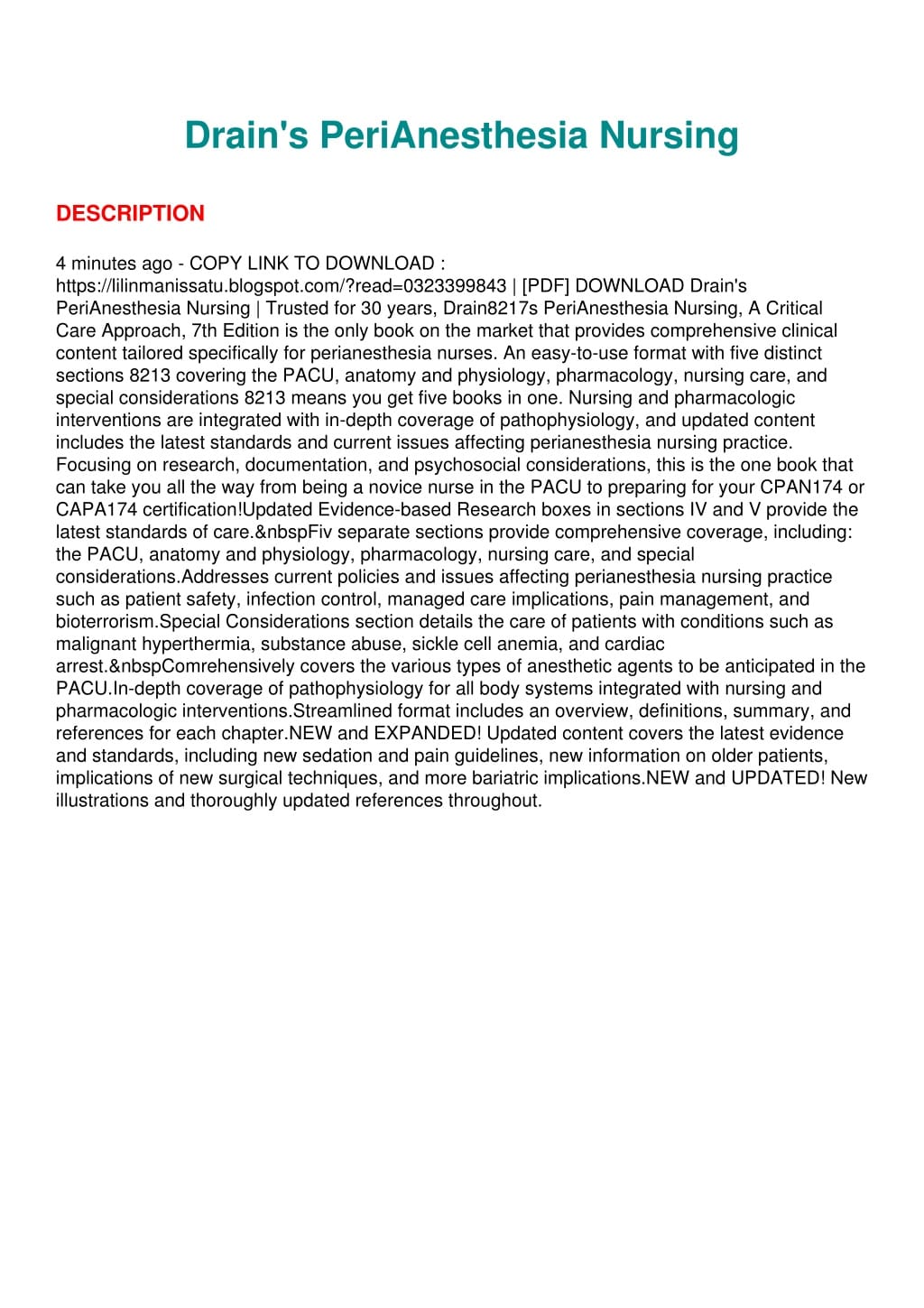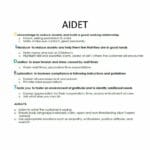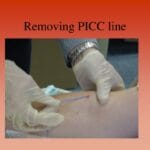Perianesthesia nursing encompasses the specialized care provided to patients before, during, and after anesthesia, ensuring a safe and comfortable surgical experience. From pre-op assessment to pain management, perianesthesia nurses play a vital role in optimizing patient outcomes across the surgical continuum.
Understanding Perianesthesia Nursing
What exactly is perianesthesia nursing? It’s a specialized field of nursing dedicated to providing comprehensive care to patients throughout their surgical journey. This includes the time before surgery (preoperative), during surgery (intraoperative), and after surgery (postoperative). These nurses are essential members of the surgical team, working closely with surgeons, anesthesiologists, and other healthcare professionals to ensure the patient’s well-being.
What Do Perianesthesia Nurses Do?
Perianesthesia nurses have a diverse range of responsibilities, depending on the phase of the surgical process:
- Preoperative: Before surgery, they assess the patient’s medical history, current medications, and allergies. They also check vital signs, provide patient education about the procedure, and offer emotional support to alleviate anxiety. This preparation helps identify potential risks and ensures the patient is ready for surgery.
- Intraoperative: During surgery, perianesthesia nurses continuously monitor the patient’s vital signs, including heart rate, blood pressure, and oxygen saturation. They assist the surgical team and manage any complications that may arise. Their vigilance helps maintain a safe environment in the operating room.
- Postoperative: After surgery, perianesthesia nurses manage the patient’s pain, nausea, and other potential complications. They provide wound care instructions, medication management, and follow-up care to ensure a smooth recovery. Their expertise facilitates the patient’s transition back to their normal life.
Where Do Perianesthesia Nurses Work?
Perianesthesia nurses practice in a variety of settings, including:
- Hospitals: Working in pre-operative clinics, operating rooms, and Post-Anesthesia Care Units (PACUs).
- Outpatient Clinics: Providing care in ambulatory surgery centers, diagnostic imaging clinics, and specialized clinics such as dental and gynecological practices.
Training and Certification for Perianesthesia Nurses
Becoming a perianesthesia nurse requires specialized training and often certifications to enhance skills and knowledge.
Educational Pathway
- Registered Nurses (RNs) and Licensed Practical Nurses (LPNs): Form the foundation of the perianesthesia nursing workforce.
- Specialized Training: Many institutions require additional training in areas such as advanced cardiac life support (ACLS), pediatric advanced life support (PALS), and critical care nursing.
Certifications
While not always mandatory, certifications demonstrate a commitment to excellence and advanced knowledge in the field:
- Certified Post Anesthesia Nurse (CPAN): A widely recognized certification for perianesthesia nurses in the United States.
- Certified Ambulatory Perianesthesia Nurse (CAPA): A specialty certification for nurses working in ambulatory surgical settings.
- PeriAnesthesia Nurse Certified (Canada) [PANC(C)]: The Canadian equivalent, signifying expertise in perianesthesia care.
Key Organizations Supporting Perianesthesia Nurses
Several professional organizations provide resources, education, and advocacy for perianesthesia nurses:
- American Society of PeriAnesthesia Nurses (ASPAN): Represents perianesthesia nurses in the US.
- American Society for Pain Management Nurses (ASPMN): Offers specialized certifications relating to pain management.
- National Association of PeriAnesthesia Nurses of Canada (NAPANC): Supports perianesthesia nurses in Canada, promoting best practices and continuing education.
Perianesthesia vs. PACU: Clarifying the Roles
While related, perianesthesia nursing and PACU nursing are not interchangeable terms. Perianesthesia nursing encompasses a broader scope of care, including pre-operative assessment, intra-operative monitoring, and post-operative follow-up. PACU nursing, on the other hand, focuses specifically on the immediate post-anesthesia recovery period within the PACU. Think of PACU as a specialized unit within the larger realm of perianesthesia nursing.
Both perianesthesia and PACU nurses are crucial for patient safety and comfort throughout the surgical experience. Their specialized skills in monitoring, pain management, and emergency response ensure a positive patient journey. Ongoing research is constantly refining best practices in both areas, leading to improved patient outcomes.
The Future of Perianesthesia Nursing
The field of perianesthesia nursing is constantly evolving. Ongoing research explores new pain management techniques, enhanced recovery protocols, and the integration of technology to improve patient care. As the demand for surgical procedures increases, the role of perianesthesia nurses becomes even more critical in ensuring optimal patient outcomes. Current studies suggest that personalized medicine and advanced monitoring systems may play a significant role in shaping the future of perianesthesia care.
What to Expect During a Perianesthesia Assessment
A thorough perianesthesia assessment is essential for personalized and safe patient care. This assessment typically involves:
- Review of Medical History: This includes pre-existing conditions, current medications (including over-the-counter drugs and supplements), allergies, previous surgeries, and family history of anesthesia complications.
- Physical Examination: Assessing vital signs (heart rate, blood pressure, respiration), oxygen saturation, and airway patency. The physical exam also considers the patient’s overall condition, including factors such as frailty, obesity, and mobility.
- Psychosocial Assessment: Evaluating the patient’s anxiety levels, emotional state, and support system. Addressing any fears or concerns can significantly improve the patient’s experience.
This comprehensive approach allows perianesthesia nurses to tailor care to individual needs and anticipate potential challenges. While our current understanding is extensive, research continues to evolve, promising further advancements in patient safety and comfort.
(Provide competitor titles for optimized title suggestions)
- Unlock Elemental 2 Secrets: Actionable Insights Now - April 2, 2025
- Lot’s Wife’s Name: Unveiling the Mystery of Sodom’s Fall - April 2, 2025
- Photocell Sensors: A Complete Guide for Selection and Implementation - April 2, 2025
















